Cavalier King Charles spaniels: Handsome, good-natured and the aristocrats of the dog world
With a silken coat, affectionate nature and boundless enthusiasm for life, the Cavalier King Charles spaniel lives up to its royal heritage, says Catriona Gray
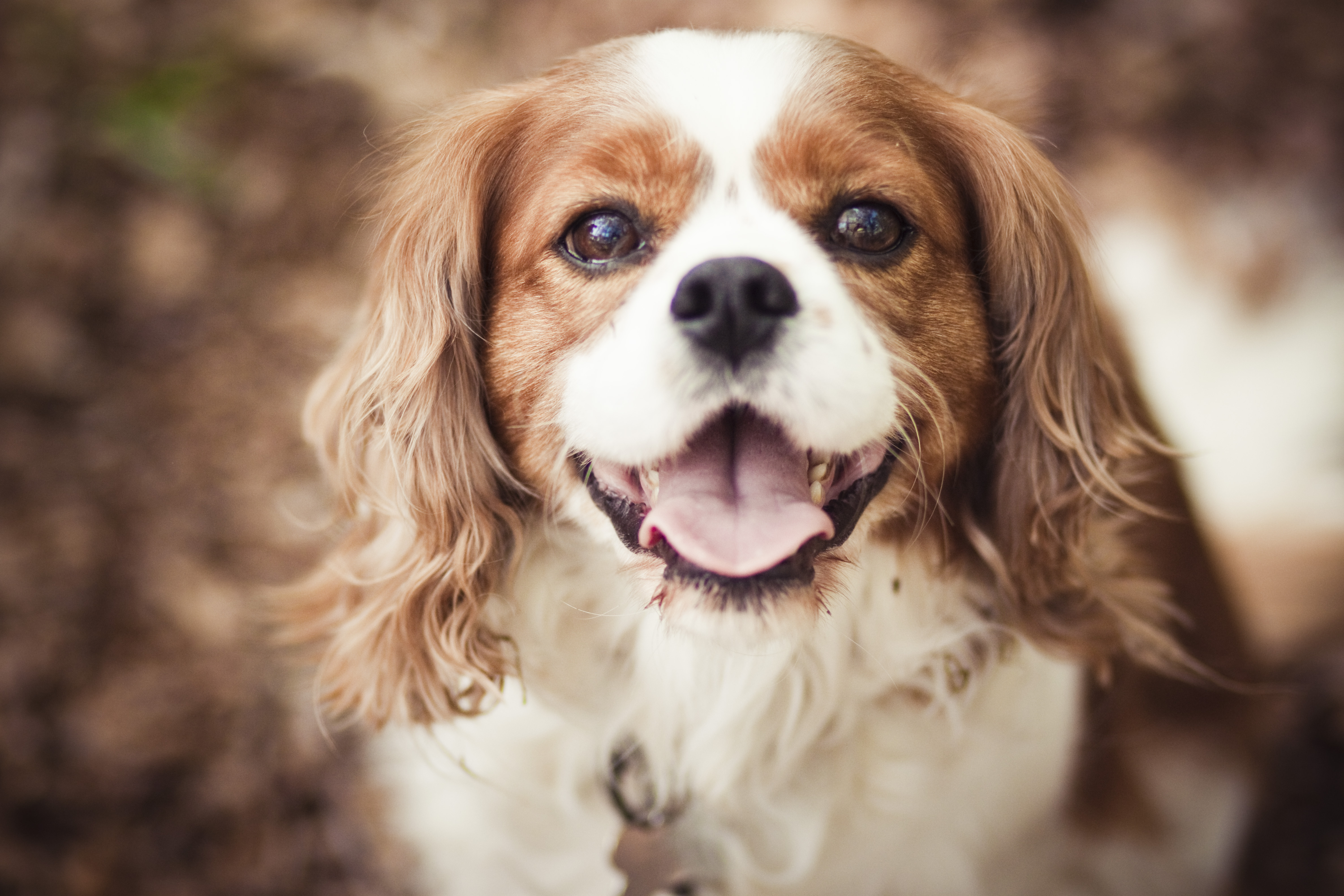

Handsome, good-natured and endlessly amusing, the Cavalier King Charles spaniel is truly an aristocrat among dogs. These toy spaniels have captivated a succession of royals, from Charles I to Princess Margaret, and you can see their ancestors in countless portraits from the Tudor period onwards, peeping out from gathered skirts or gazing lovingly up at their masters and mistresses. Genetically, they are the breed that’s furthest removed from their wolf ancestors – every fibre of their being has predisposed them to being a companion to humans.

Having grown up with an assortment of independently minded terriers, I thought I knew what to expect when I decided to acquire my first dog as an adult. ‘They’re like sticking plasters,’ warned a helpful lady at the Cavalier King Charles Club of Northern Ireland. I laughed and said that sounded lovely, but it hadn’t really sunk in. Shortly afterwards, I became the owner of an extremely handsome, eight-month-old ruby and, within days, it had become very apparent that their sticking-plaster reputation was well earned. It didn’t matter that I then worked at a fashion magazine where dogs were against company policy. Wherever I went, Crumble was going, too.
'Crumble had a sideline as an in-house model, which saw him draped in diamonds, stuffed into Gucci bags and, on one memorable occasion, dressed up as David Cameron for a Brexit-themed photoshoot'
He quickly became a permanent fixture beneath my desk – he was quiet, biddable and charmed everyone. Before long, Crumble had a sideline as an in-house model, which saw him draped in diamonds, stuffed into Gucci bags and, on one memorable occasion, dressed up as David Cameron for a Brexit-themed photoshoot, in which he posed on a miniature Chesterfield, holding a passport in his mouth. The only time Crumble disgraced himself was when the editor tried to set him on a mouse that had found its way into the office. The little dog took no notice of the terrified rodent – which scuttled past, practically under his nose – and instead climbed into the nearest dustbin in pursuit of a half-eaten sandwich.
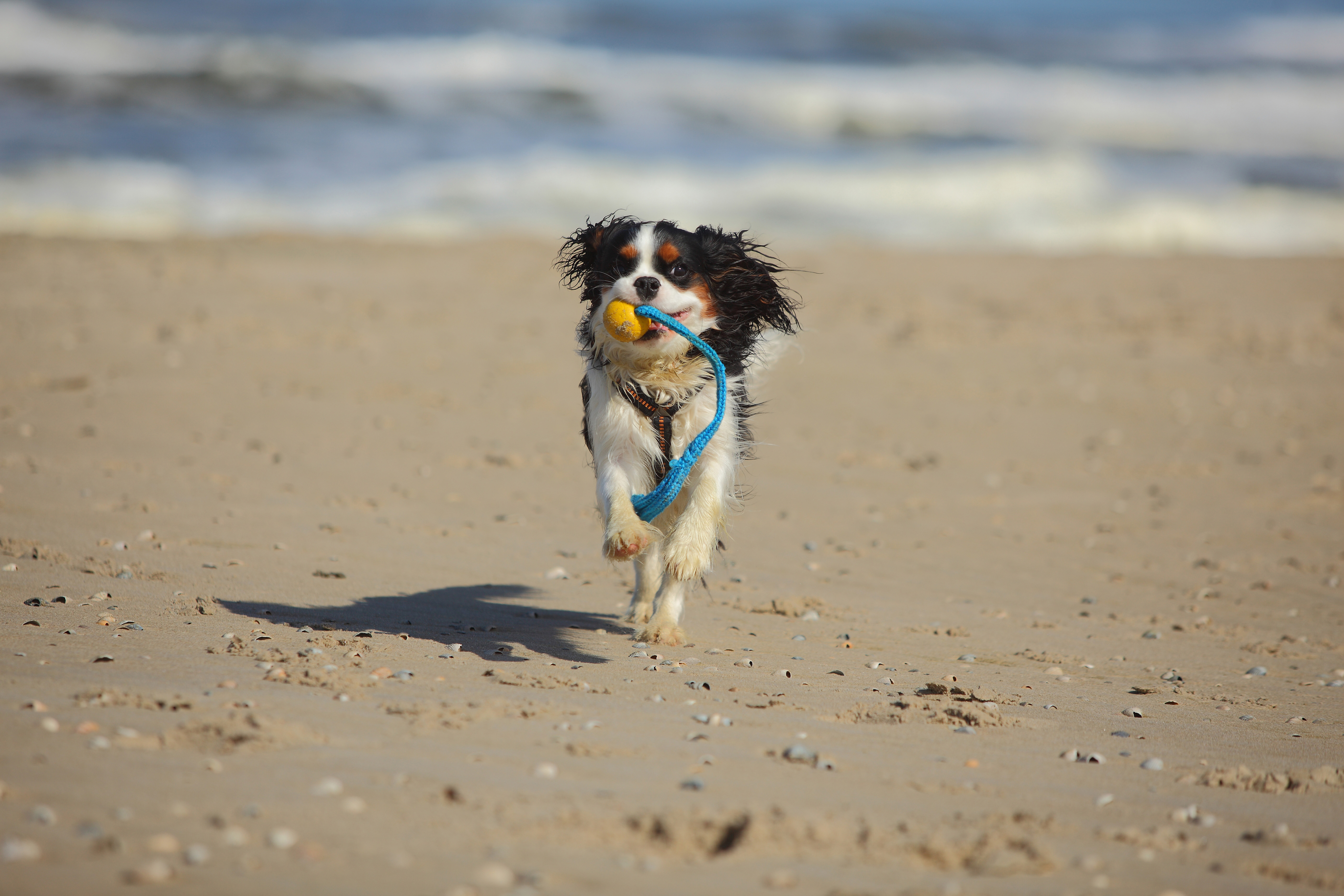
Having raised such an urban animal, utterly at home in the bustle of London, I was a little worried as to how he would cope with a move to rural Ireland, but he instantly adapted to his new environment. Crumble has become a surprisingly good little guard dog, barking at any unexpected vehicle that comes to the house, is quick to pick up a scent and happily coexists with horses and chickens, although he has chased off every cat in the vicinity. He’s sturdy enough to be a companion on the longest of walks, even if he has a propensity to get caught in gorse and brambles – the downside to having such a long, silky coat.
‘For a small dog, Cavaliers are full of life and energy,’ says Penelope Enthoven, who lives in Oxfordshire and has owned the breed for most of her life. ‘They like nothing better than long walks and behaving like their larger spaniel relations. When they get home, they’re loving and loyal, and adore lying in front of a roaring fire or Aga.’
'Boogie became very interested in the fly-casting and leapt into the water in hot pursuit of the line'
Susan Lethbridge, another lifelong owner of Cavalier King Charles spaniels, from Somerset, has even taken them stalking in the Highlands. ‘At first, we were viewed with great suspicion by the gillie, but when we kept up and managed the day without misadventure, we became quite accepted,’ she says. ‘I was even congratulated on having such a sporting little spaniel.’
She also recalls attending a game fair, where her Cavalier companion became rather too involved with a fishing display. ‘Boogie became very interested in the fly-casting and leapt into the water in hot pursuit of the line,’ says Lady Lethbridge. ‘Luckily, it raised a laugh with the good-natured audience and demonstrator, although I got soaking wet wading in to retrieve her.’ She currently has a tricolour called Percy, which she bred herself. ‘Cavaliers are so outgoing and fun-loving,’ she declares. ‘They are generous by nature and loyal – except where a biscuit might tempt them.’
Exquisite houses, the beauty of Nature, and how to get the most from your life, straight to your inbox.
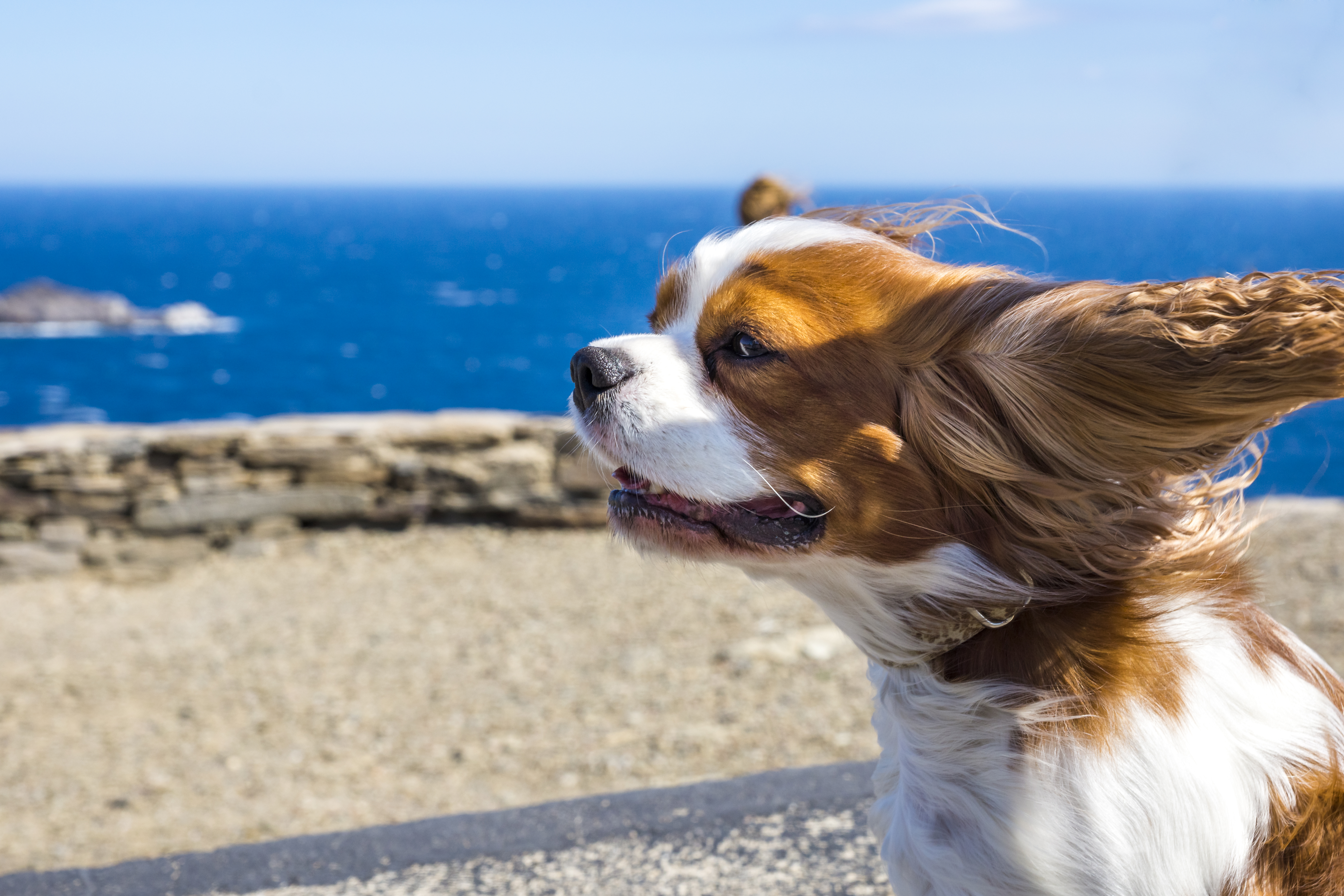
Because they are so eager to please, they are usually easy to train, especially if helped along by a steady supply of treats. They often have a soft spot for food and tend towards gluttony – if left to indulge freely, Crumble would be at least double his size. ‘They can smell food from miles away,’ notes Yorkshire-based PR consultant Georgie Pridden, whose ruby Cavalier Daisy attained the grand old age of 15. ‘Nothing seemed to get in Daisy’s way – she used the cat flap to get to the chicken pen to steal their corn, was regularly discovered in friends’ cars eating whatever she could find and, in her youth, we often found her on the kitchen table having pilfered the remains of many a dinner party.’
The truth is, these little spaniels are very good at charming their owners and they’ve had centuries of practice. The first ‘comfort spaniels’ were probably bred down from the working breeds – Elizabeth I had one, as did her cousin Mary, Queen of Scots. Their fondness for curling up on laps and willingness to act as foot-warmers made them popular among court ladies confined to draughty Tudor chambers.
‘They’re gentle, adaptable and ideal companions’
However, it was during the reign of Charles II that the breed’s popularity really took off. The diarist Samuel Pepys records that the monarch was rarely seen without several small dogs trotting behind him. With his long curled wig, the king must have borne a certain resemblance to the black-and-tan spaniels that have since taken his name.
The 1st Duke of Marlborough developed the Blenheim, which had brown-and-white markings and was used to flush out game, and, until the 19th century, toy spaniels closely resembled their larger counterparts. Drawings of Anne Brontë’s faithful companion Flossy and Queen Victoria’s beloved Dash depict this classic type, before they began to be selectively bred to suit changing tastes. Flatter-faced lapdogs, such as the pug and the Pekingese, were becoming increasingly popular and the King Charles adopted some of these characteristics.
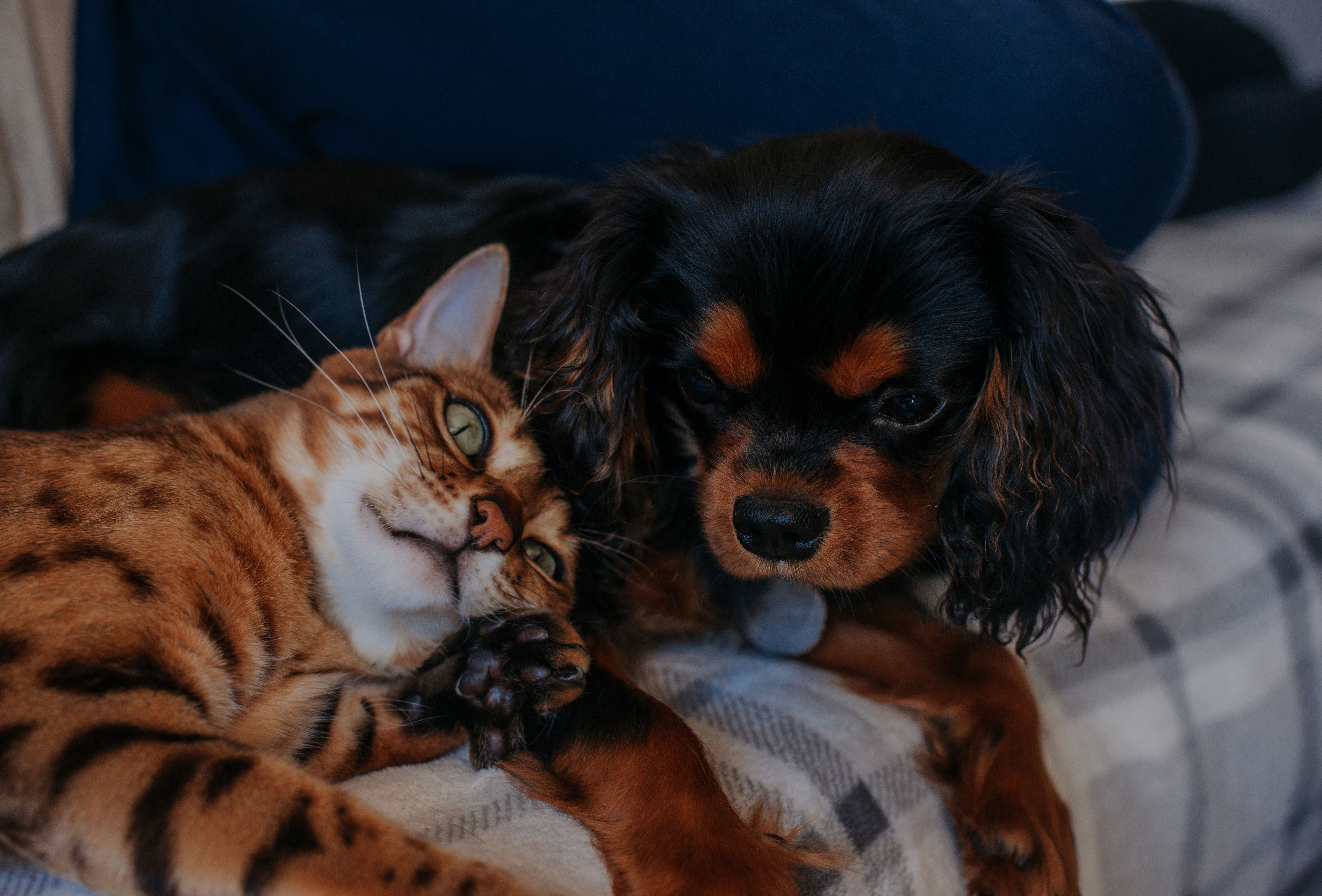
As early as 1845, the veterinary surgeon William Youatt wrote, rather cuttingly, in his book The Dog that ‘the King Charles’s breed of the present day is materially altered for the worse. The muzzle is almost as short, and the forehead as ugly and prominent, as the veriest bull-dog. The eye is increased to double its former size, and has an expression of stupidity with which the character of the dog too accurately corresponds’.
By the 1920s, a group of breeders tried to revive the classic toy spaniel – one that retained its sporting instincts. Prizes were given at Crufts for ‘Blenheim spaniels of the old type’ and the Cavalier King Charles spaniel was finally recognised by The Kennel Club as a distinct breed in 1945. Its close relation the King Charles spaniel still has its admirers, but for me, at least, the Cavalier wins out. It’s both spaniel and lapdog rolled into one adorable package, brimming with enthusiasm and good cheer.
‘They’re gentle, adaptable and ideal companions,’ acknowledges Diana Schillizzi from Northamptonshire, a long-term breeder who is also the patron of the Cavalier Club. ‘Other dogs might rush about, but a Cavalier just wants to be with its owner. They’re perfectly content simply to curl up on your bed.’ With such an obliging disposition, it’s little wonder they’re so perennially popular.
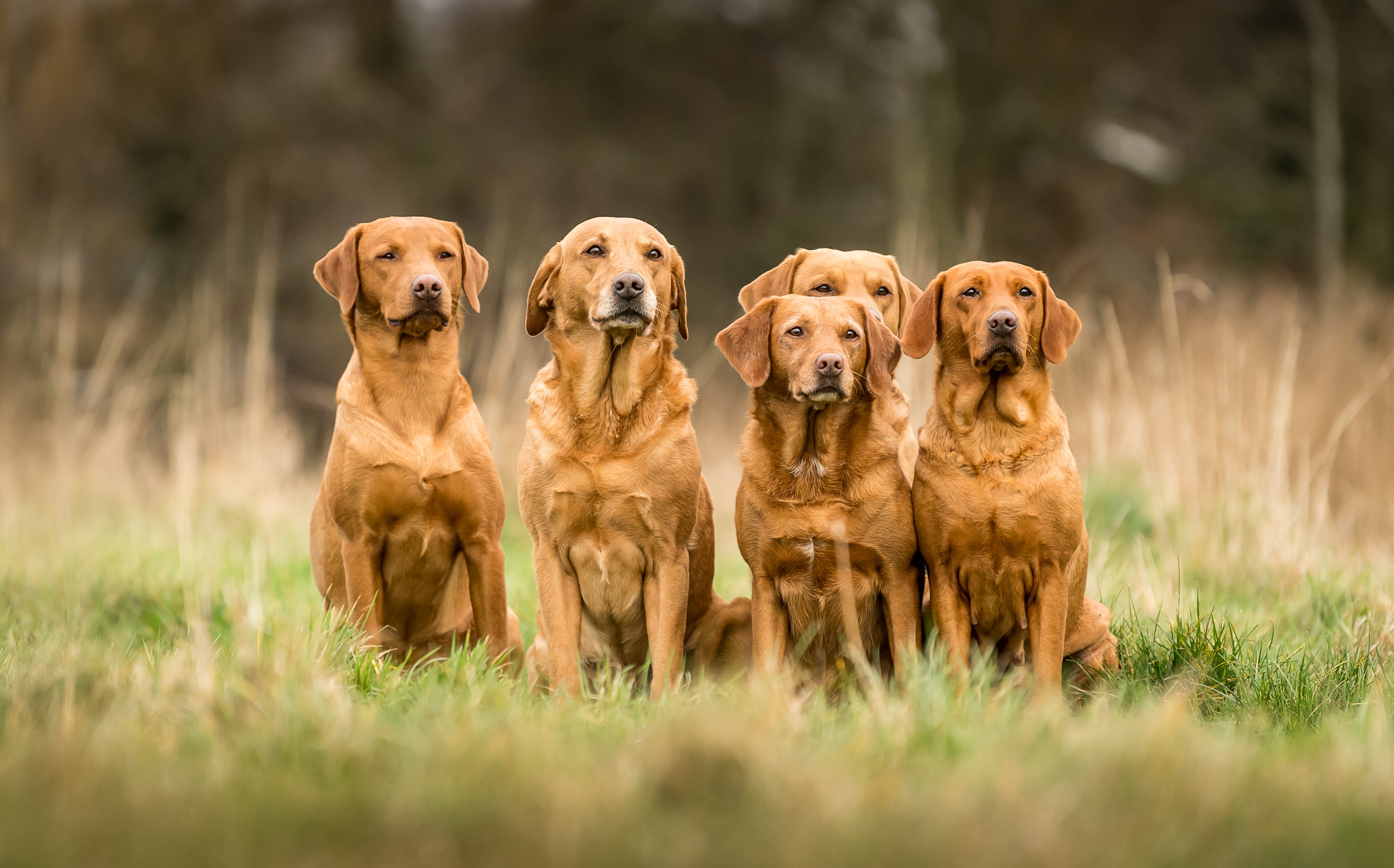
Credit: Sarah Farnsworth/Country Life
Fox-red labradors: Why red is the new black
From russet red to ever-so-slightly blushed, the fox-red is growing in popularity across the country sporting world. However, the gundog
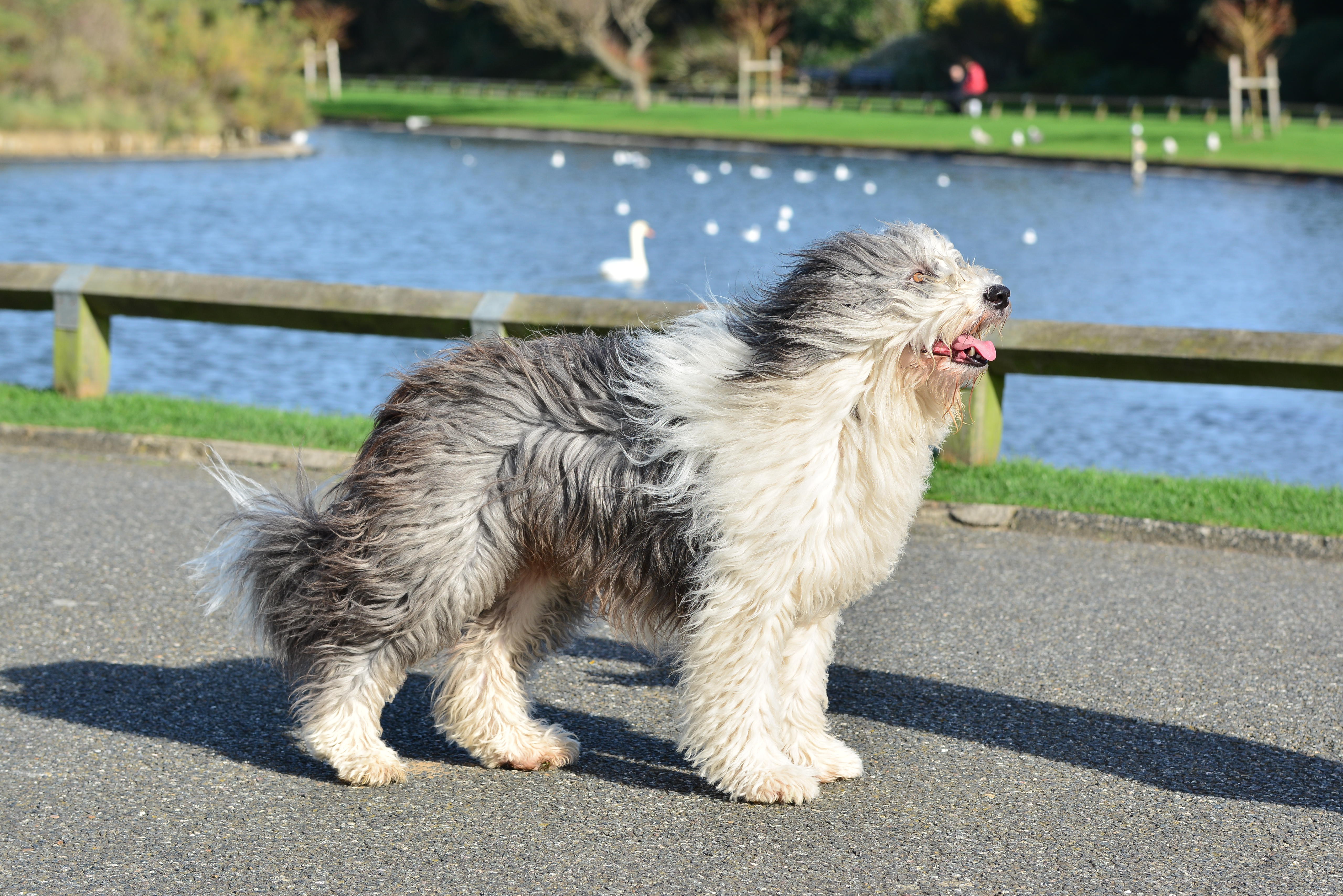
Curious Questions: What dog should Boris Johnson get as the new pet for No. 10 Downing Street?
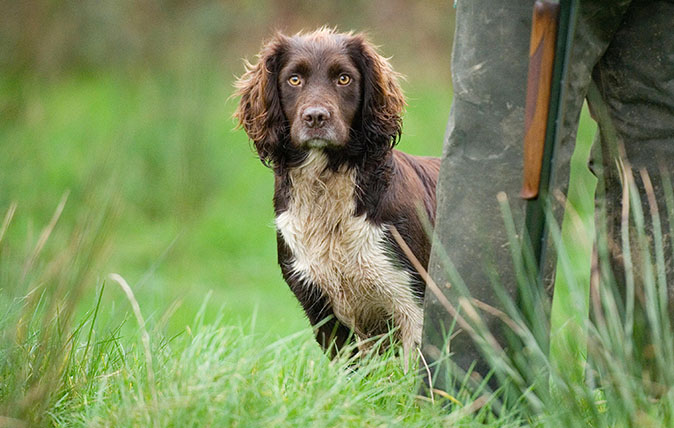
Which breed makes the best gundog? The pros and cons of labradors, spaniels, terriers and more
Whether you own labradors, springers, cockers or a mix of all three, debate over which gundog is best has raged
Country Life is unlike any other magazine: the only glossy weekly on the newsstand and the only magazine that has been guest-edited by His Majesty The King not once, but twice. It is a celebration of modern rural life and all its diverse joys and pleasures — that was first published in Queen Victoria's Diamond Jubilee year. Our eclectic mixture of witty and informative content — from the most up-to-date property news and commentary and a coveted glimpse inside some of the UK's best houses and gardens, to gardening, the arts and interior design, written by experts in their field — still cannot be found in print or online, anywhere else.
